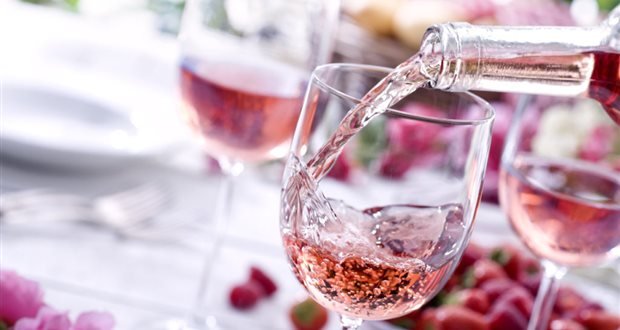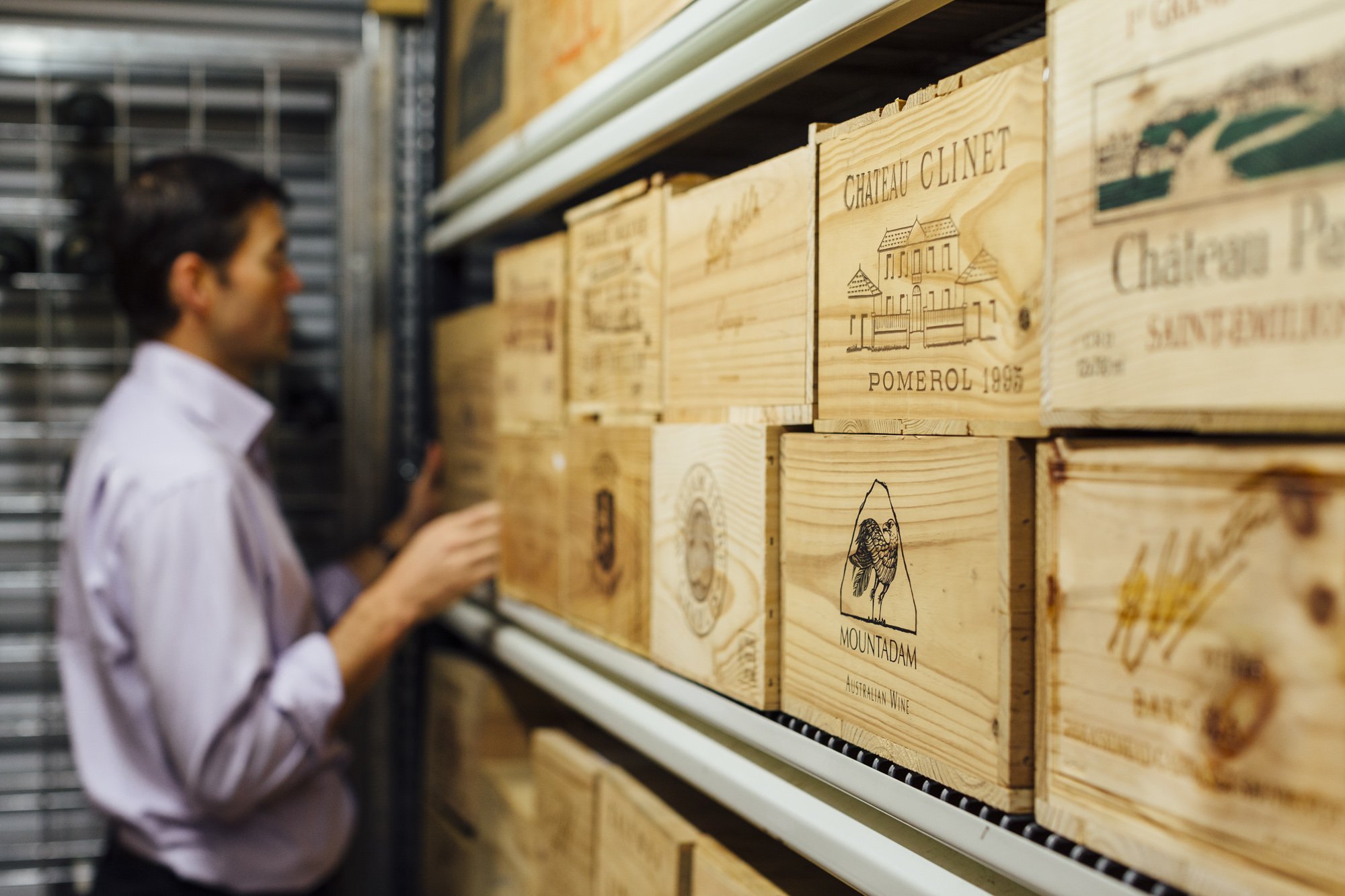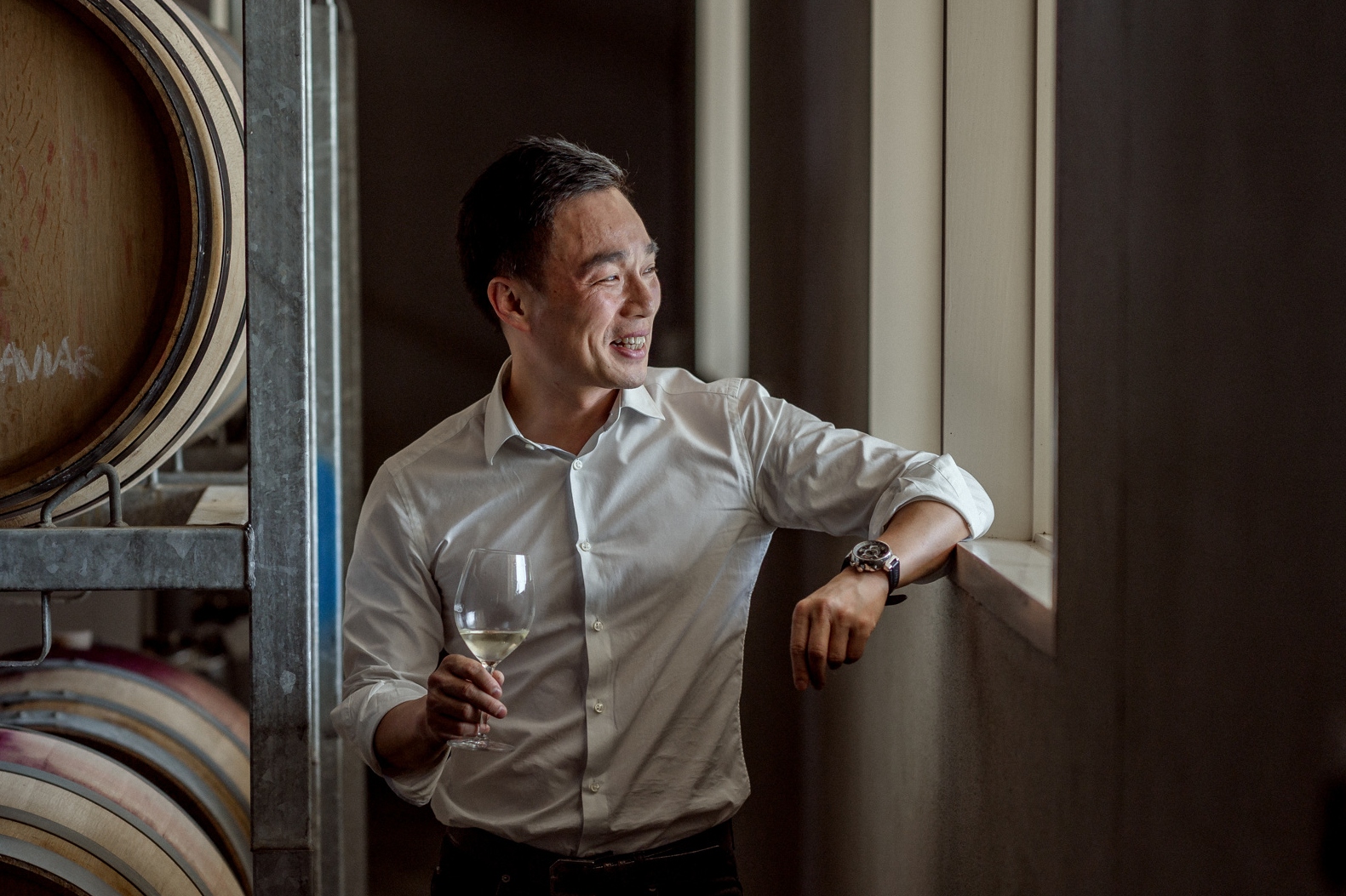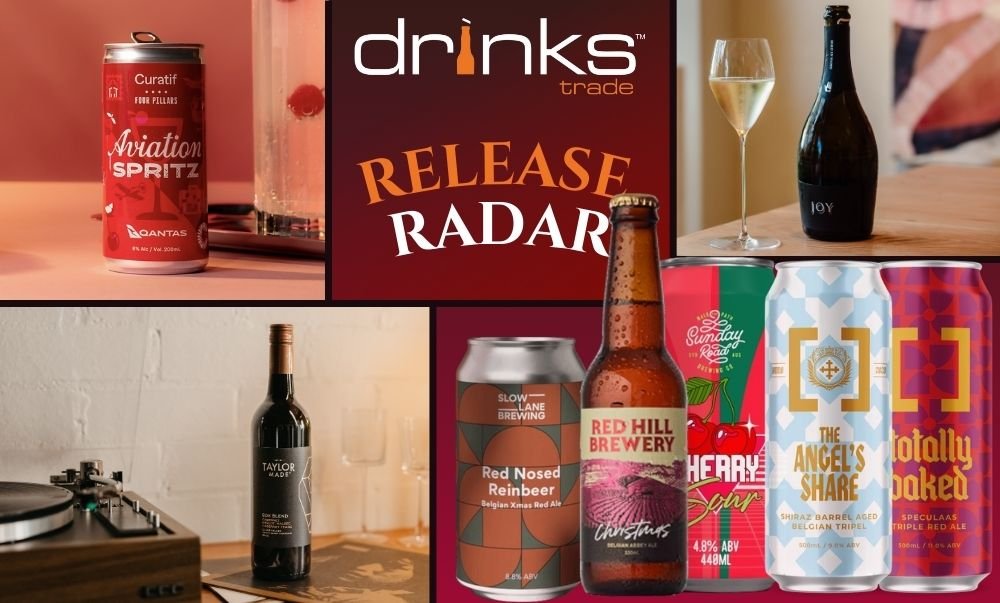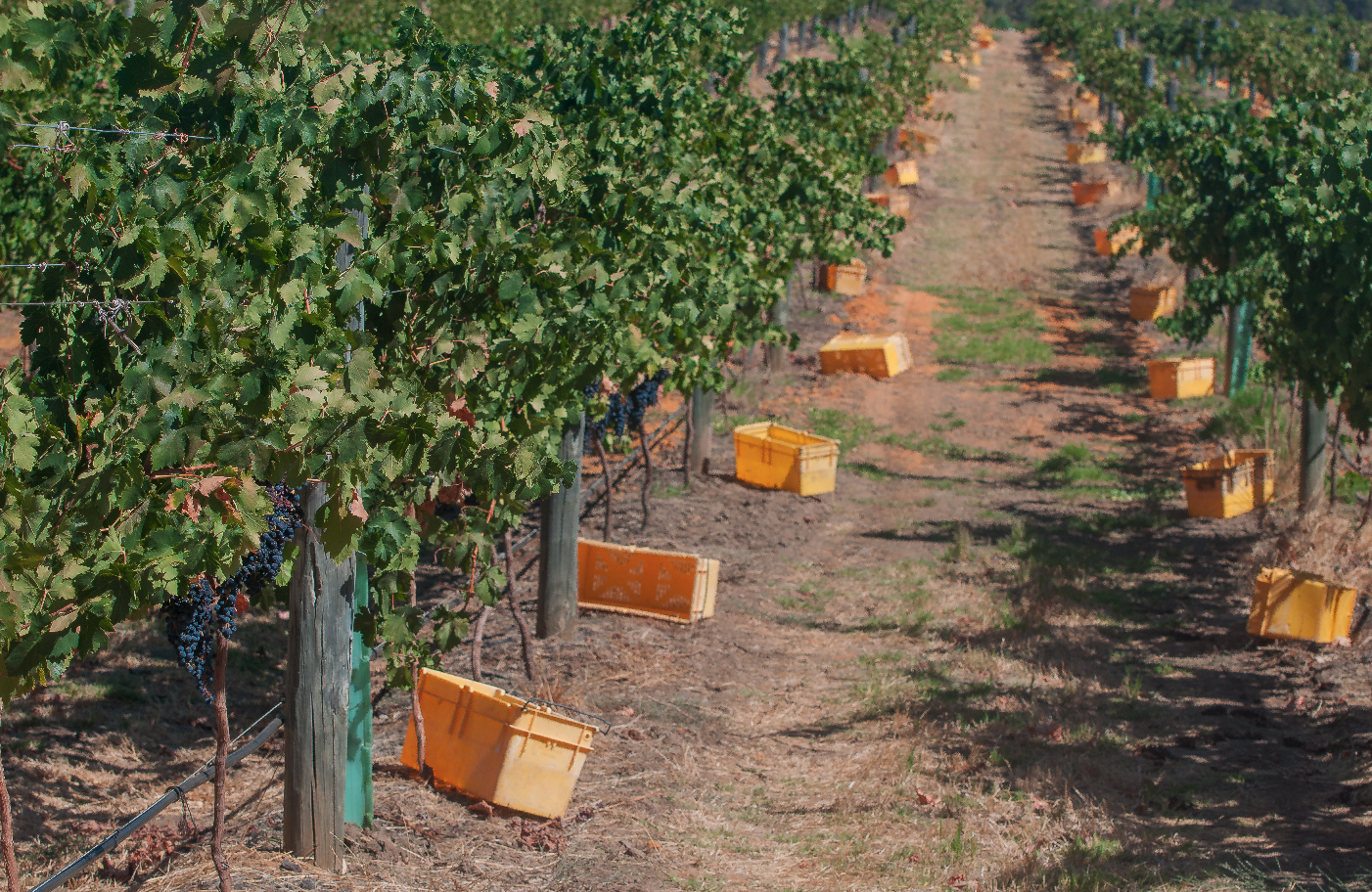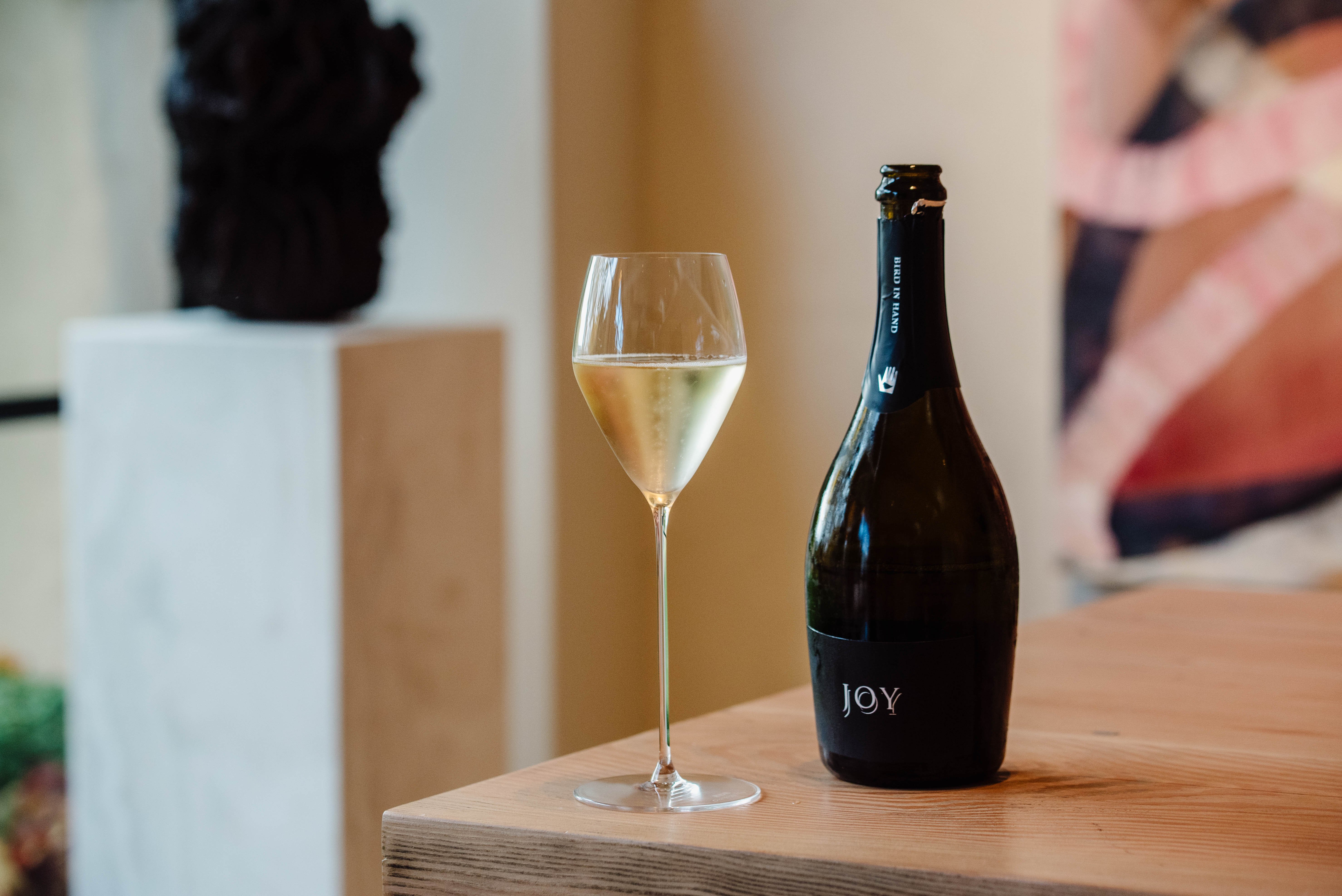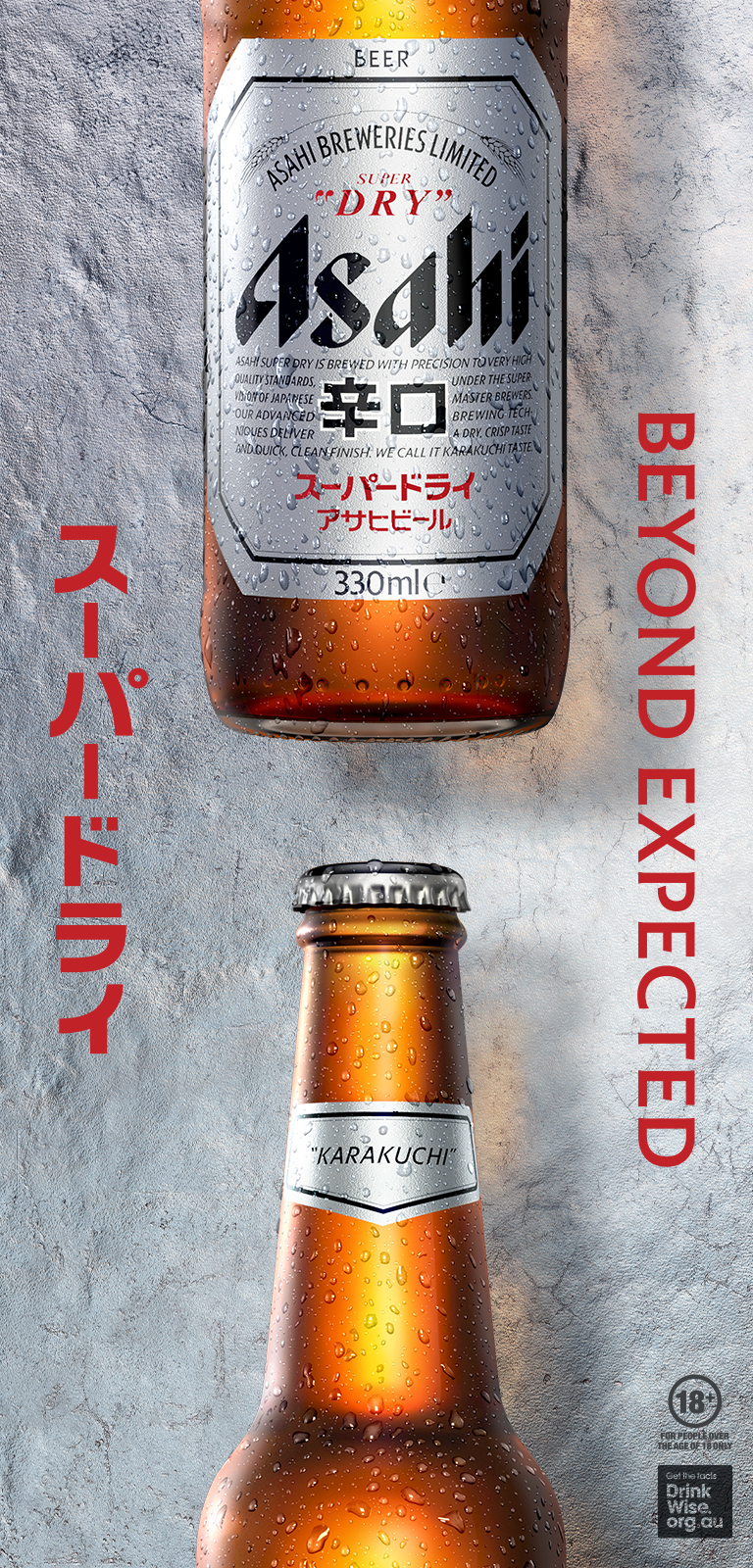Traditionally associated with women and summer sipping, rosé sales are now booming all year round with both sexes.
Wine Intelligence's Rosé and Pink Moscato Wine Drinkers in the Australian Market 2018 report has found that a third of all regular wine drinkers choosing rosé not only in the summer, but also throughout the year.
This is almost double the population of year-round drinkers compared with Wine Intelligence data from 2007.The pink beverage is particularly popular with younger consumers, with 50% of monthly drinkers aged 34 and under.
The report also found that rosé consumption is now nearly equal between males and females.
According to Matthew Jenkins: "The same cannot be said for pink Moscato, however. Although pink Moscato is distinctly different to rosé, pink Moscato is beginning to become part of the broader pink drinks trend. The dominant profile of the regular pink Moscato drinker is in line with the industry stereotype, with younger female drinkers most likely to consume it. However within the data are also more unexpected minority groups: 38% of pink Moscato consumers are male, and just under a third of these (ie 11% of the total) are men over 45."
Although not as popular as rosé, Moscato was found to have been consumed by 1/5th of Australians in the past year – and around 1.4 million in the past month. According to liquor industry sales data the rosé category grew nationally by more than 65% in value and more than 53% in volume in 2017.
The rise of brosé
While the "brosé" trend - "bros" drinking rosé became viral hashtag on Instagram a few years back in the US - has been grabbing headlines overseas it's only been in the last 18 months that experts have noticed its popularity picking up with antipodean males.
Winemaker Sue Bell told ABC News last year: "The UK & US have seen huge growth among men, while they've known about it in the South of France for years."
Bell was a wine judge at the Royal Hobart Wine Show says the rise of rosé style wines is mirrored in the number of entries in that class.
At the 2016 show there were only seven entries for rosé wines, in 2017 it jumped to around 70 entries.
"Five years ago we were wondering about the relevance of having a rosé class," Bell admitted.
Now it's become "a fun and high quality class"."People have woken up to the fact that rosé suits Australia," she added. "Climactically, we should be drinking more rosé."
Duane Roy, from Glandore Estate Wines, told News Corp: "“Rosé is in now — all the labels are more neutral tones rather than brighter colours that are usually made to attract female customers.
“We certainly see a change now from five or six years ago. These days men are more likely to try rosé when we sell it at the cellar door."Just this year we’ll be doubling our production of rosé.”
A move to more full-bodied styles is also attracting male drinkers.
Matthew Williams, founder of food and wine festival Vino Paradiso said: “I think in the past rosé has had a taboo representation with the sweet flavours and old school Aussie blokes saw it as a bit of a stretch from say their pilsners or lagers.
“But rosé itself has dramatically changed over the past few years. They’ve become drier and more refreshing and now have different aromas and tastes.”
US pink sales also skyrocketing
Data from Nielsen shows it's a similar situation in the US, with Americans finding themselves reaching for a pink beverage throughout the year.
According to Nielsen, rosé sales grew 53% from 2016 to 2017 alone, and are continuing to grow at an unprecedented rate.
But sales are really exploding in the hot months, with table rosé selling a whopping 48% of its dollars in summer in 2017. Sparkling rosé hit its peak sales for the season during the week of the Fourth of July in 2017.
Share the content
